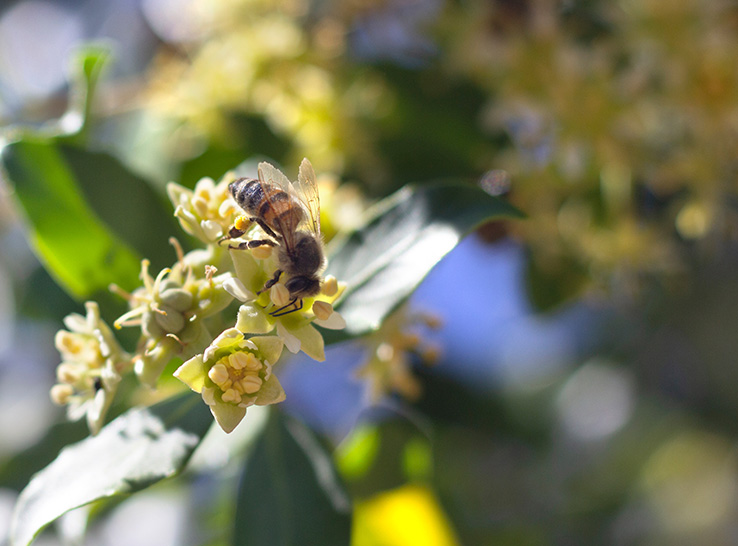Emulsifiers can help mitigate the rising costs of energy sources in poultry diets, and new research has offered glimpses into the potential roles of emulsifiers in managing layer performance and egg quality.
Increased biodiesel production is taking energy resources from the poultry-feed industry, Jennifer Blair, PhD student at Virginia Tech, told an audience at the 2025 International Poultry Scientific Forum. This competition is mainly for soybeans, and with energy already one of the most expensive ingredients in the poultry industry, this is bad news for those using least cost formulations.
Feed additives, which facilitate nutrient transport in birds, can help producers manage pressures resulting from the rising costs and loss of resources resulting from this competition. Emulsifiers could be a promising option here.
“The purpose of emulsifiers is to reduce the amount of energy [in the form of oil] in the diet. With the addition of emulsifiers, we can hope to see that fat intake is doing just as well with lower levels of oil as a normal amount. This will help curb the cost of diet formulations,” Blair said.
She explained that dietary emulsifiers have shown particular promise in research with broilers, improving fat digestion, growth and production. However, to date, there has been a lack of research on their potential in layer diets.
Testing emulsifier impact
To address this knowledge gap, her team designed a pilot study using 288 laying hens to test the effect of a lysophospholipid, a type of emulsifier, at two dietary energy levels. They fed the hens from 15 to 45 weeks old and collected data in two phases.
In the first phase, from 15 to 23 weeks, the researchers collected data on early egg production and egg weights. Then, from 24 to 45 weeks, they analyzed metrics on sustained performance, abdominal fat pads and egg quality.
They fed the hens six diets based around a positive control (industry-standard energy concentrations) and a negative control (industry standard minus 40 kilocalories/kilogram (kcal/kg)):
- Industry-standard energy concentrations with 0 parts per million (ppm) emulsifier
- Industry-standard energy concentrations with 250 ppm emulsifier
- Industry-standard energy concentrations with 500 ppm emulsifier
- Industry standard minus 40 kcal/kg with 0 ppm emulsifier
- Industry standard minus 40 kcal/kg with 250 ppm emulsifier
- Industry standard minus 40 kcal/kg with 500 ppm emulsifier
No early egg-production benefits
The first phase of the tests did not support the researchers’ hypothesis.
“Our idea was that we could possibly jumpstart egg production in the late pullet phase due to their increased energy demand during this time period,” Blair explained.
“However, what we actually saw was that early egg production did not increase with either the energy increase or the emulsifier.”
Maintaining weight with less dietary energy
Layers produce eggs regardless of the energy composition of their diet. Blair’s research shed some light on how the energy differences were affecting birds’ body reserves and where emulsifiers might have some benefit.
During the feeding period, the team observed that birds in the negative-control group with no emulsifier lost an average of 60 grams of weight compared to those fed the positive control with no emulsifier. This meant that these birds were pulling energy from their body reserves to maintain egg production.
Here, the emulsifier may have had some impact. Birds in the negative-control group fed emulsifier at 250 ppm were able to maintain their bodyweight and had heavier fat pads than those also consuming the industry-standard diet but without emulsifier in their diets.
However, at 500 ppm emulsifier, the team did not record a similar effect on either bodyweights or fat pads. The emulsifier also had no effect at this dose in the positive-control diets.
“The 250 ppm of emulsifier was able to release some of that 40 kcal of energy as demonstrated by the bodyweight and abdominal fat-pad responses. But questions remain about the energy liberation responses at 500 ppm emulsifier,” Blair explained.
Egg quality questions
The researchers also investigated whether using emulsifiers could affect egg quality.
They observed a significant interaction with eggshell weight, with 500 ppm emulsifier bringing a positive response compared to positive and negative controls with no added emulsifier.
Egg specific gravity, which is an indirect measure of eggshell strength and thickness, also improved with an increased emulsifier dose. Blair suggested that high levels of emulsifier could potentially help improve birds’ calcium metabolism.
“We do believe that there is some calcium/fat interaction happening, but it still needs to be studied more,” she added.




